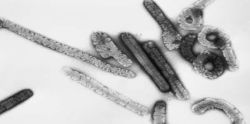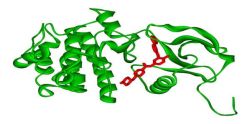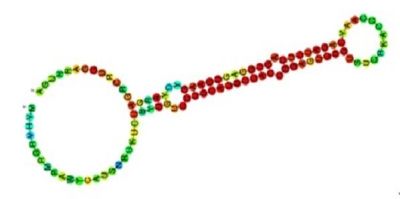Researchers at the Harvard University School of Engineering and Applied Sciences have developed a novel 3D vaccine that could provide an effective way to harness the immune system and fight cancer as well as infection diseases. The findings have been published in Nature Biotechnology.
The 3D vaccine spontaneously assembles into a scaffold once it’s injected under the skin. The vaccine is capable of recruiting, housing and manipulating immune cells to generate a powerful immune response.
"This vaccine is a wonderful example of applying biomaterials to new questions and issues in medicine," says David Mooney, Ph.D., a professor of bioengineering at Harvard University in the School of Engineering and Applied Sciences, whose lab developed the vaccine.
Cancer cells are generally ignored by the immune system and the goal of cancer vaccines is thus to provoke the immune system to recognise these cells as foreign and attack them. This can be achieved by manipulating dendritic cells that constantly patrol the body, sampling the antigens found on the surface of cells or viruses. When a dendritic cell comes in contact with an antigen that is deemed foreign, it carries it to the lymph nodes. It then instructs the immune system to attack anything that displays that particular antigen.
However, the immune response from dendritic cell vaccines is generally short-lived. In addition, cell therapies of this type are costly and not easily regulated.
This new vaccine, developed by Mooney and his team, uses a new approach that involves the reprogramming of immune cells from inside the body by using implantable biomaterials.
The idea behind the vaccine is to introduce a biodegradable scaffold under the skin and temporarily create an infection mimicking microenvironment that is capable of attracting, housing and reprogramming millions of dendritic cells over a period of several weeks. Once this scaffold is implanted, its contents slowly diffuse outward and recruit a steady stream of dendritic cells. When used in mice, this scaffold achieved a 90 percent survival rate in animals that otherwise die from cancer within 25 days.
The team has taken this approach a step further and have created an injectable scaffold that can spontaneously assemble once inside the body. Patients would not be required to undergo surgery to implant the scaffold. The vaccine is made up of microsized, porous silica rods dispersed in liquid. Once it’s injected, the liquid diffuses leaving the rods behind to form a three-dimensional structure.
When tested in mice, the 3D vaccine generated a potent immune response and delayed tumour growth. Compared to bolus injection, 90 percent of mice that received the 3D vaccine were still alive at 30 days as compared with only 60 percent that received the bolus injection.
The team plans to further explore how the injectable scaffold could be used to both treat and prevent infectious diseases.
Source: National Institute of Biomedical Imaging and Bioengineering
Image Credit:James C. Weaver, Wyss Institute























